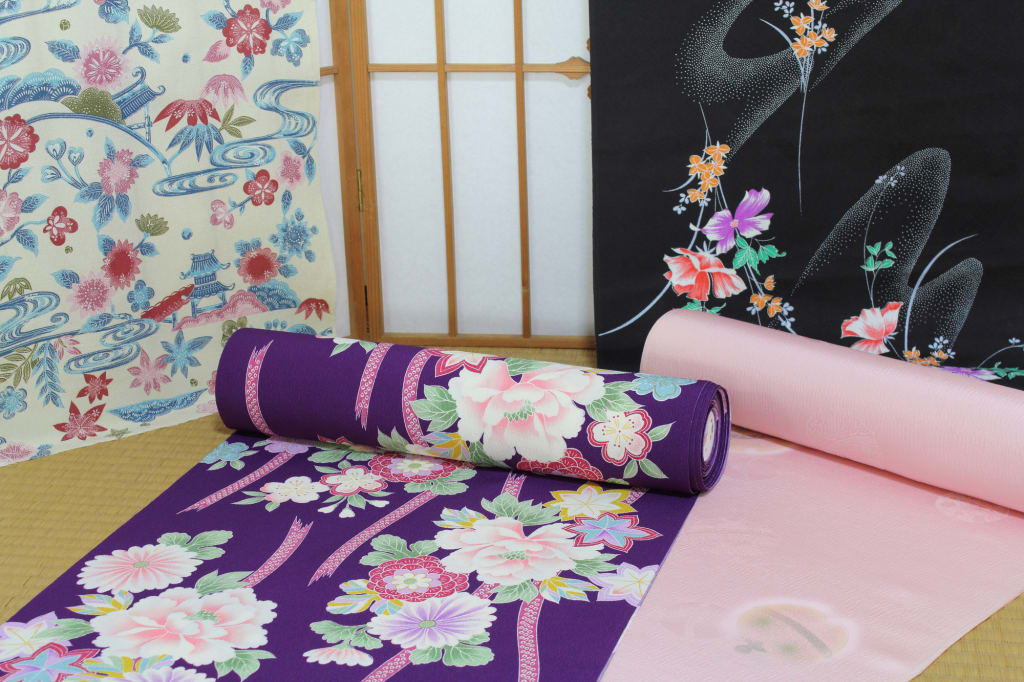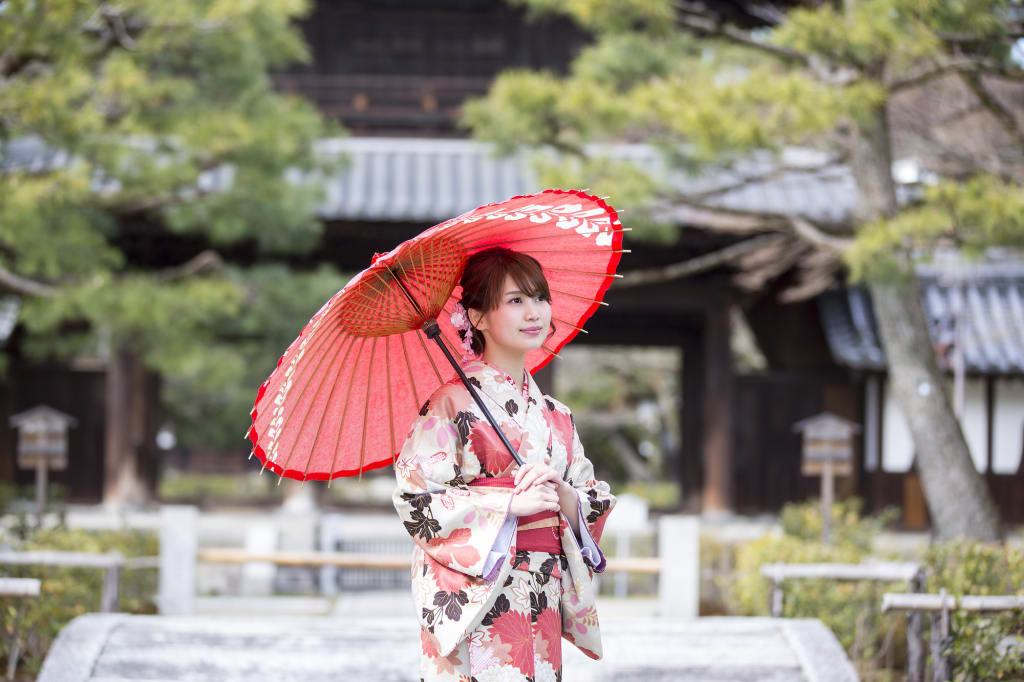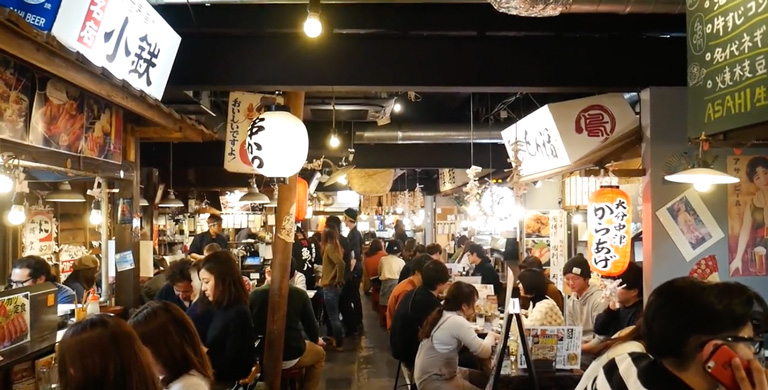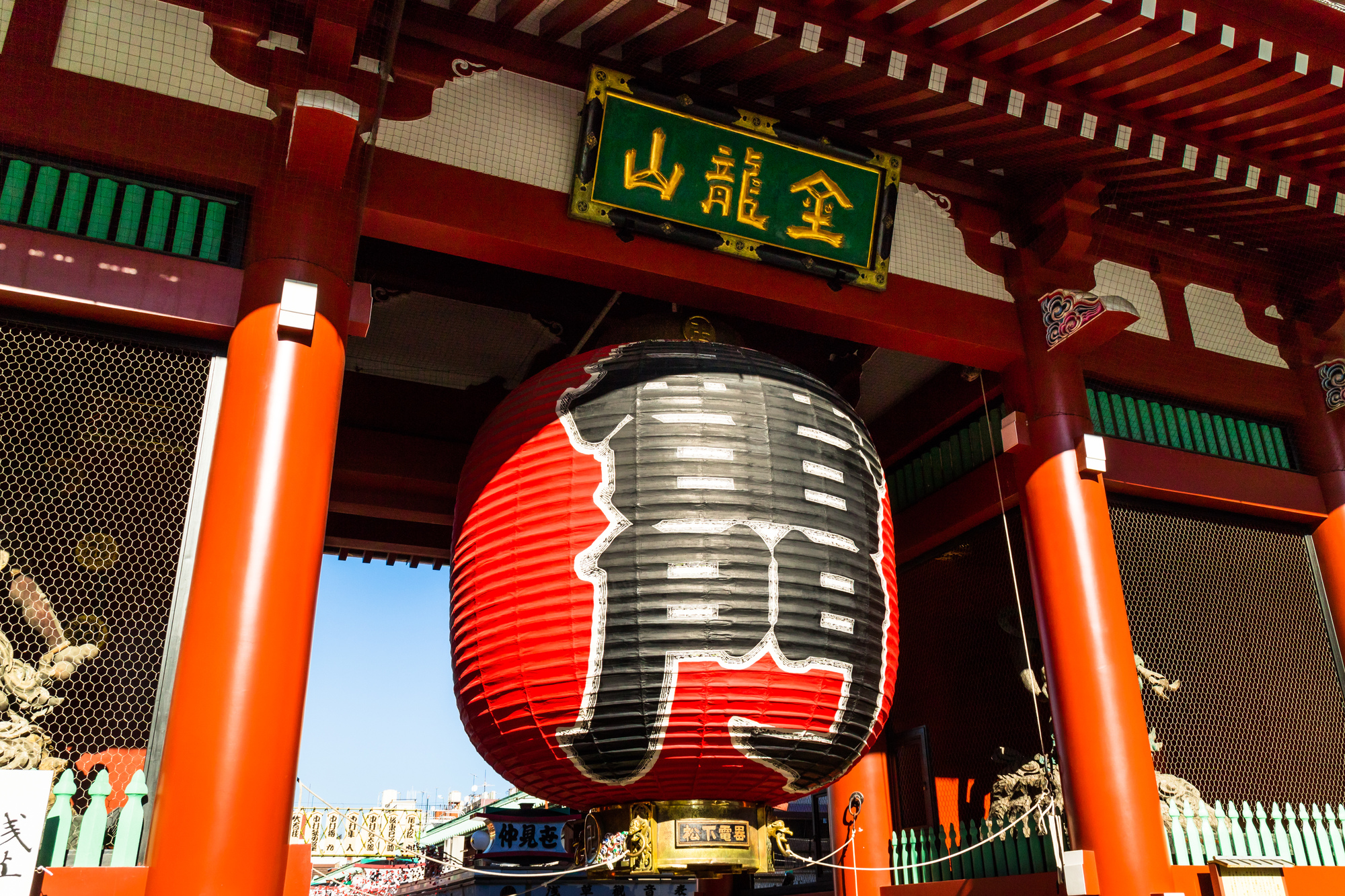Various Kinds of Kimono: Traditional Japanese Culture “Kimono”
“Kimono”, one of the greatest Japanese cultures, is a Japanese traditional national uniform. There are many Kimono fans who are attracted to its refined beauty and gorgeousness all over the world. Nowadays Japanese people only wear Kimono as a formal wear at coming-of-age cerebration, wedding and funeral. Although all Kimono looks the same at a glance, there are various types of Kimono: one for the official occasions, and another for casual daily life. If you want to wear Kimono, differentiate and coordinate them appropriately.
Introduction of Kimono

Kimono can be classified into two types: “Orikimono” and “Somekimono”. “Orikimono” is a type of Kimono that has patterns and designs with dyed and woven thread. On the contrary “Somekimono” is a Kimono that has patterns and designs with white thread that dyed after it’s woven. Generally speaking, “Orikimono” is better than “Somekimono”. However, when it comes to “Obi”, a broad sash tied over a kimono, “Oriobi” is regarded as formal one and “Someobi” is regarded as casual one. “Oriobi” usually comes with gold or silver colored thread and so looks gorgeous and more formal. On the other hand, “Someobi” gives us more casual and soft impression. And also there are formal “Fukuroobi”, and “Nagoyaobi” that you can use at both semi-formal and formal occasions. Those Obis changes the meaning and value according to the length and the shape.
When and What Kind of Kimono Should You Wear?

The shape of the Kimono differs and you can wear them in both casual and formal occasions. For example “Kuromon-tsuki” is considered as the best dress for both married parson and unmarried parson. You can see a host of a wedding wears “Kuromon-tsuki” with formal and gorgeous double-layered obi. And also at a funeral, you will see people wear “Kuromon-tsuki” with a black “Nagoya-obi” as a mourning. The second most formal Kimono is “Tome-sode”. As a formal dress, people wear the Kimono in formal event like when they visit a wedding or participate in a graduation ceremony. Married women wear black “Tome-sode”, and both married and unmarried women wear colored “Tome-sode”. Also there is a casual and fashionable Kimono called “Komon”. There are many small patterns all over“Komon”. It is suitable when you go to the theater or a party. Enjoy coordinate the Kimono.
** **
What Is Kimono?
You can see more information about Kimono at “What is Kimono? Japanese traditional culture “Kimono”.



